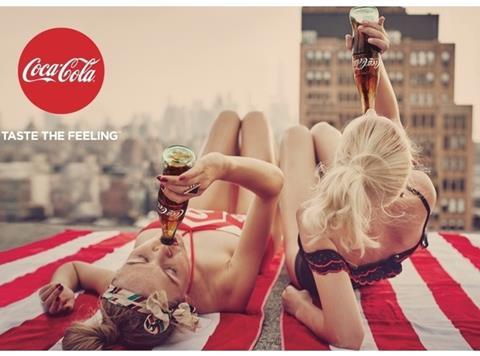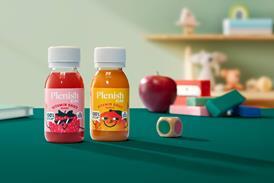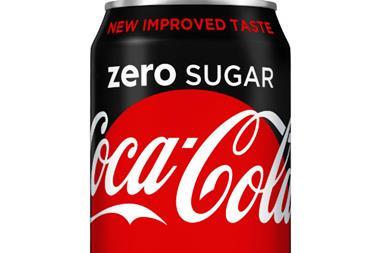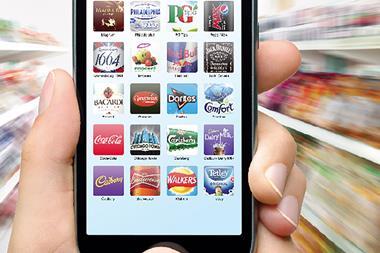
Perhaps it’s time for fmcg brands to follow the example of the fashion industry and stop worrying so much about protecting their designs from copycats.
A couple of big brands recently failed in legal attempts to keep their ideas for themselves: Coca-Cola was told by the General Court of the European Union yesterday that its plastic bottle wasn’t distinctive enough to trademark, and Nestlé lost a High Court appeal last month to register the Kit Kat finger shape as a UK trademark.
Designers of high fashion will be playing teeny-tiny violins for the food behemoths. Top-end cloth-cutters have to watch defenceless twice a year as their ideas are lifted from fashion week catwalks and reproduced in high street stores. And what do they do about it? They devise more wacky hats with matching shoes, that’s what.
It’s that spirit of constant invention that food and drink makers should take as inspiration when considering their shapes and structures, reckons brand design expert Elliot Wilson, director of strategy at The Cabinet agency in London.
While the aesthetics of mass-produced packaging are hard to protect, graphic and technological inspirations are easily defensible – so that means theorise, modernise, and revolutionise. (Having patience helps, too: what’s commonplace now could be iconic in time. Take Coke’s glass bottle, for example.)
“If you’re a leader in a market, you have to continue to do new and interesting things,” says Elliot. Big brands run the risk of missing the big picture if they worry about every little idea being pinched by competitors – and it’s the grand ideas that win attention and are more likely to secure those much-sought trademarks.
Take Coke’s share can, thought up three years ago by Ogilvy & Mather. It was a regular-looking can that could be twisted in half, revealing itself to be two smaller cans joined together – and it was spectacular.
“Coke got publicity and goodwill for being an innovator,” says Elliot. “It didn’t matter whether the can was trademark-able.” (It probably was, being, in essence, a piece of tech.)
His key message to leading brands: get on with what you do best. Keep innovating. Packaging is only one part of your armoury. You have plenty of other weapons.
In fact, that’s what all brands need to have. “If you rely on one idea and one idea alone that people love you for, you’ll be in serious trouble,” warns Elliot. So why does he believe the big players sweat the small stuff? “It keeps the lawyers busy and paid – and if you’re rich enough, you may as well spend the money.”



















No comments yet